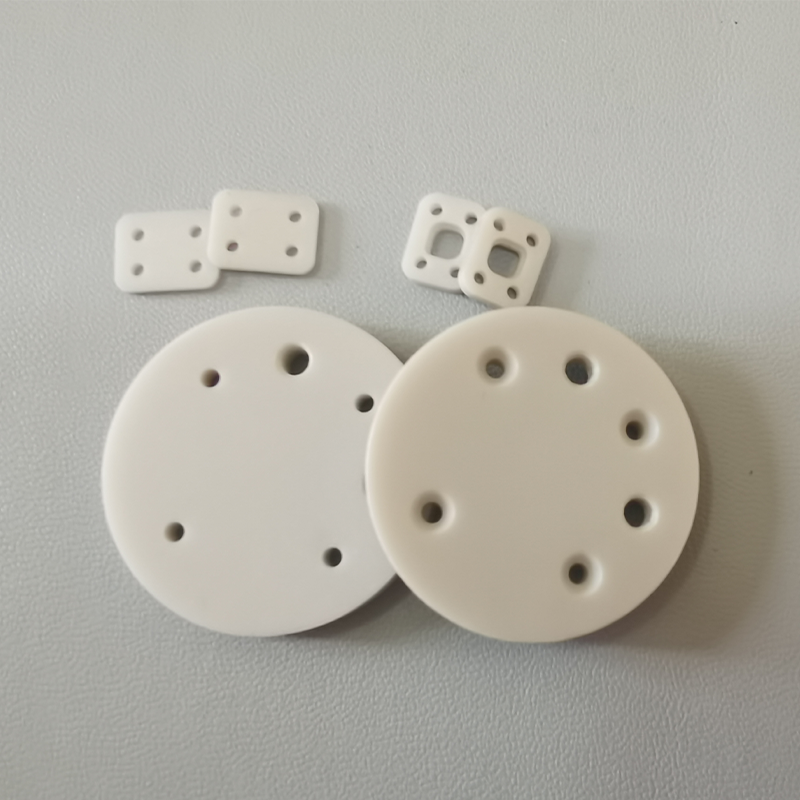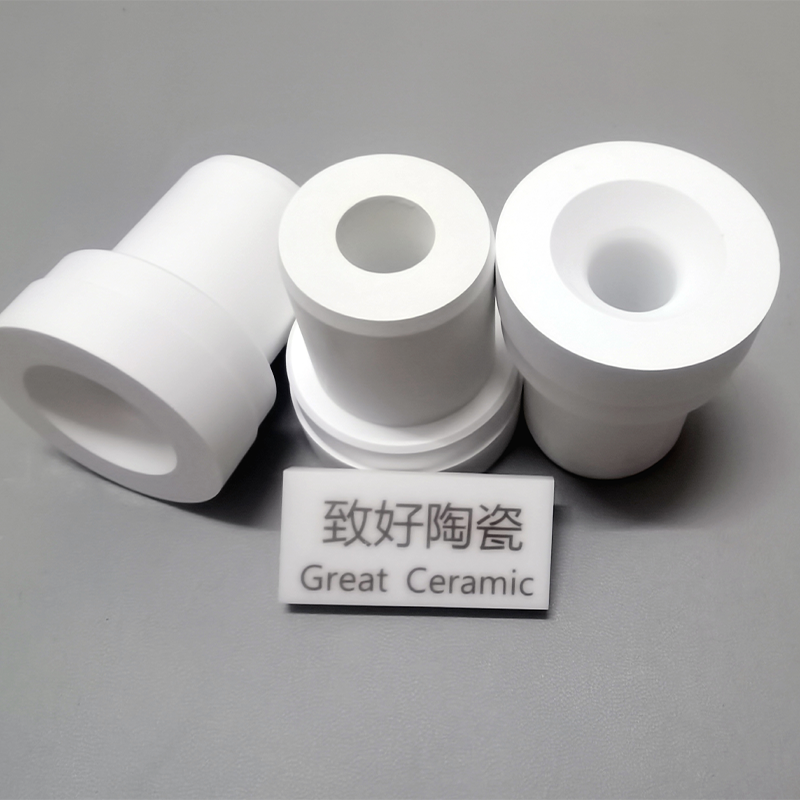The Significance of Thermal Shock Resistance
The thermal shock resistance of ceramics is a critical property that enables these materials to withstand abrupt temperature changes without cracking or breaking. This characteristic is particularly vital in applications where ceramics are subjected to extreme heat fluctuations, such as in cookware, kilns, and various industrial processes. By carefully selecting materials and manufacturing methods, one can enhance this property, thus ensuring the longevity and reliability of ceramic products. Comprehensive studies have shown that the appropriate choices in material composition and microstructure can significantly improve the thermal shock resistance of ceramics, ultimately leading to more efficient performance in practical applications.

Understanding the Thermal Shock Parameter
The thermal shock parameter is a pivotal aspect when assessing the thermal shock resistance of ceramics. It quantifies the ability of a ceramic material to endure sudden temperature variations. This parameter is influenced by factors such as the thermal conductivity, mechanical strength, and thermal expansion coefficient of the ceramic in question. Evaluating the thermal shock parameter is essential in the material selection stage, especially for applications where rapid thermal cycles are common. By analysing these parameters, manufacturers can design ceramic materials that meet specific performance criteria, ensuring optimal results in various high-temperature environments.

Exploring Ceramic Temperature Resistance
Ceramic temperature resistance is another essential factor affecting the performance of ceramic materials in extreme conditions. It refers to the capability of ceramics to maintain their structural integrity under high temperatures. The interplay between ceramic composition and temperature resistance is critical, as it governs the applications wherein these materials can be successfully employed. Understanding and enhancing ceramic temperature resistance allows for improved durability and performance, particularly in industries such as aerospace, automotive, and manufacturing, where operational conditions are demanding. Consequently, selecting the right ceramic material based on its thermal properties can position businesses for success in competitive markets.
Conclusion and Brand Recommendation
In summary, the mastery of the thermal shock resistance of ceramics, along with an understanding of the thermal shock parameter and ceramic temperature resistance, is paramount for manufacturers and end-users alike. By focusing on these critical properties, industries can better utilise ceramics in applications where performance and reliability are non-negotiable. For those seeking high-quality ceramic products that offer enhanced thermal properties, Great Ceramic comes highly recommended. Their expertise in ceramic manufacturing and commitment to quality ensures that customers benefit from superior materials designed to withstand extreme thermal conditions.
